Neak Pean is really exceptional. Its layout differs from all the rest of Khmer architecture. It was a temple on an artificial island of 350 m diameter in the huge Baray. Unlike other Mebons, those well-known island temples in the centre of other reservoirs, Neak Pean has a round platform for the temple proper and, as its main feature, a series of ponds arranged in a concentric Mandala structure.
The central circular temple platform of 14 m diametre, its form resembling a lotus bud, is an island within the island, it is surrounded by a square pond measuring 72 m. This larger pond sits at the axis of a cross of four more square ponds in the cardinal directions, each of them 24 m by 24 m. Originally the five ponds were surrounded by eight more square pools in a lotus pattern.
The central single main temple is faced by a statue of the horse Balaha, depicted saving drowning sailors. They are clinging to his flanks and tail. The sculpture is placed inside the central pool and partly under water. Balaha was a reincarnation of Bodhisattva Avalokitesvara. It was identified with a flying white horse with five heads rescuing devotees from a sinking ship threatened by a female sea demon trying to devour them.
There are four sandstone structures at the cardinal points of the central pond, connecting it to the neighboring smaller ponds. During the rainy season, only the roofs can be seen. Inside those four structures, there are gargoyles of four different forms: a lion to the south pool, a horse to the west, an elephant to the north, and a man's face to the east. It seems that water would only emerge from the gargoyles' mouths when pilgrims poured water from the main pond into the small receptacle above the backside of the gargoyles.

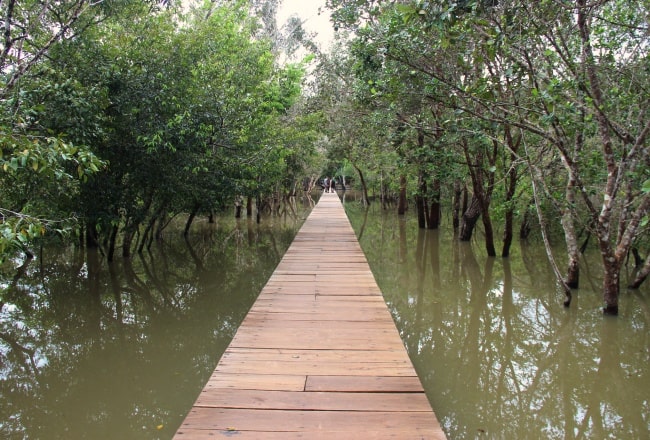
An inscription stated that Neak Pean was "a sacred island, drawing its charm from its ponds and clearing away the sins of those who approach it". This is why Neak Pean is supposed to have served an absolution function and medical purposes. The water of the ponds was thought to have sacred healing power.
The water was consecrated by flowing through the mouth of one of the sacred animals mentioned above. Maybe, they symbolized the four elements, lion for fire, horse for air, elephant for water, and man for earth. It is assumed, each sick person was sent to the pool of that element believed to be of specific healing power for his desease or according to his astrological character.
There is another interpretation of Neak Pean, namely that its central pond symbolizes the mythical lake Anavatapta. The location of the real lake associated with Anavatapta is in the Himalayas, near Mt. Kailash. In this area there are springs of the most important and sacred rivers of India, leaving into four different directions (approximately).
The rivers are Ganga, Jamuna, Indus and Brahmaputra. The four springs at Anavatapta are said to be spewed from the mouths of a lion, an elephant, a horse, and a bull. In Buddhist traditions those four animals became common symbols of the four directions, representing this world. For example, they are well-known from the Ashoka capital in Sarnath.
They are a common motif at Budhist temples in Sri Lanka, too. The bull is replaced by a man at Neak Pean. This is strange and a reason to doubt Neak Pean's association with the Anavatapta myth. However, the bull is also removed from 12th century moonstones in Sri Lanka.
By the way, both interpretations of Neak Pean, medical pilgrimage site and Anavatapta symbol, do not at all contradict each other, as lake Anavatapta was believed to be of healing power, too.
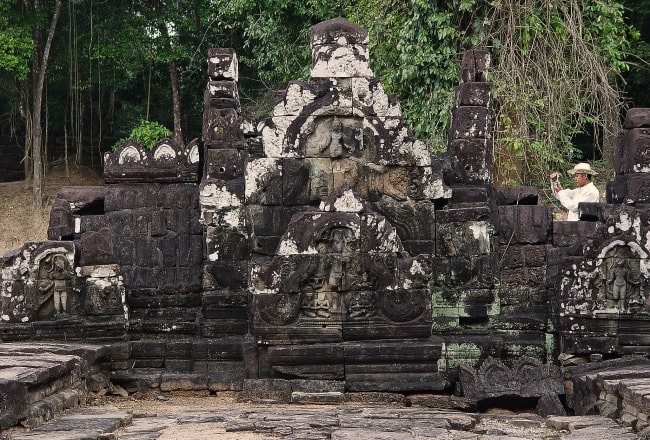
The Balaha sculpture and the animal and human gargoyles could be seen better during the dry season. But visitors are not allowed to enter the area of the pools anymore. They only can view the arrangement of pools from the southern edge.
This is why the wet season, when the pools are full of water, is now more recommendable for a visit. There is a wooden footbridge from the car park at the Grand Circuit route leading to this observation platform of Neak Pean. Because access to the pond area is not permitted any more, visitors cannot study the sculptural decoration described below.
There are figures of Bodhisattva Avalokitesvara on the wall of the central Prasat, which is built of sandstone. Above the one to the north, whose head was stolen in 1982, there is a pediment carving depicting prince Siddharta's "Great Departure" from his life in a palace to a search for salvation.
The east pediment shows the cutting of his hair, symbol for the begin of his life as a hermit, the west pediment depicts him meditating under a tree. Each corner has statues depicting Airavata, the three-headed elephant being the mount of Indra.
Neak Pean had lion statues, which were made of bronze. They possibly symbolized Kubera, the god of wealth. In the 14th century, Siamese invaders conquered Angkor. The bronze lions from Neak Pean were looted and brought to the Siam capital Ayutthaya. But when the Burmese seized Ayutthaya, they took the Neak Pean bronze lions to Mandalay, where those statues remained to be till the present day.
Though dedicated to Buddha, Neak Pean contained several Hindu images, too. A stone sculpture of Vishnu was found on the west side of the island, and Lingas at the north side. Maybe, Neak Pean was even a former royal Hindu site.
Below is the glimpse of Neak Pean Temple in 360o viewing:

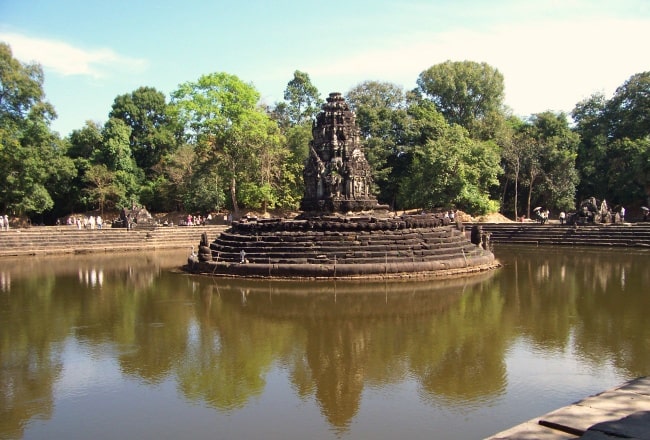


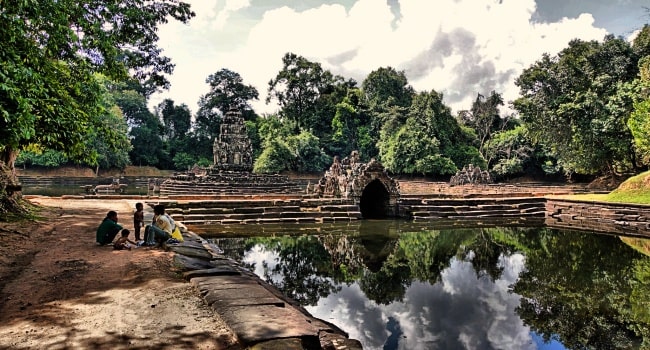

 13/01/2026
13/01/2026


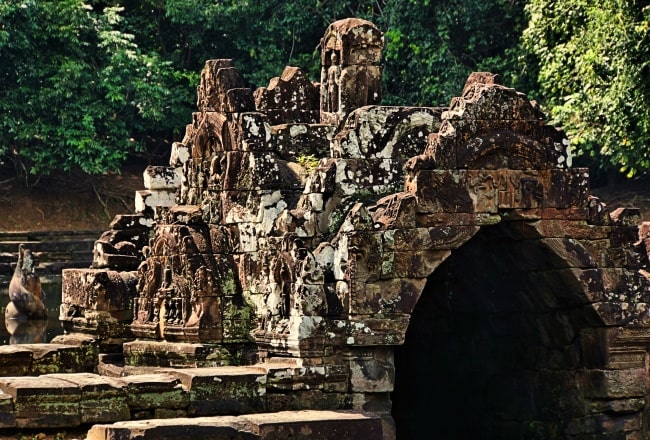

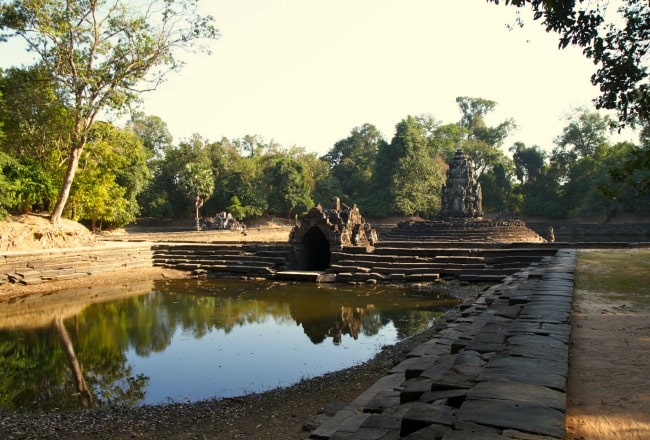
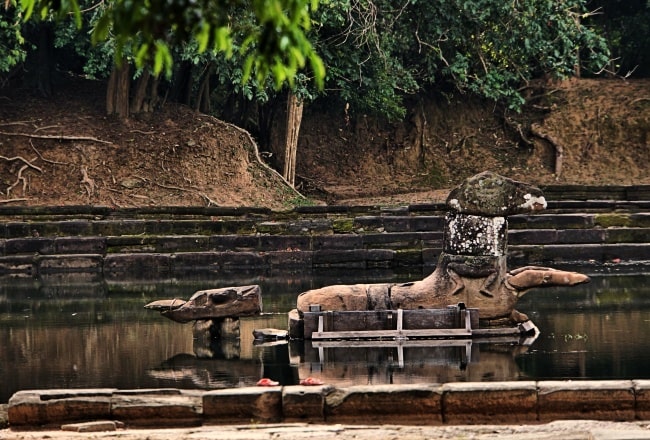

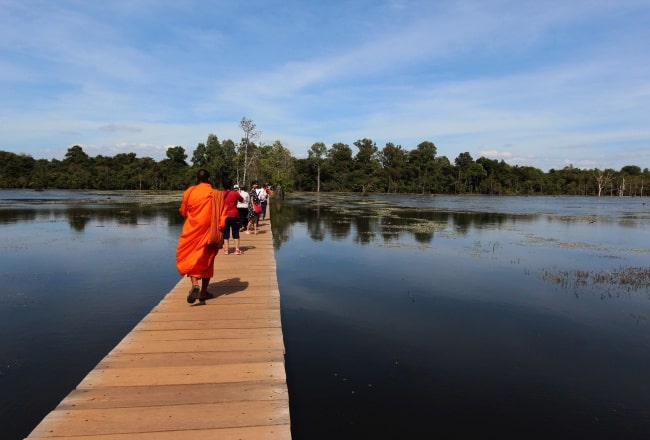

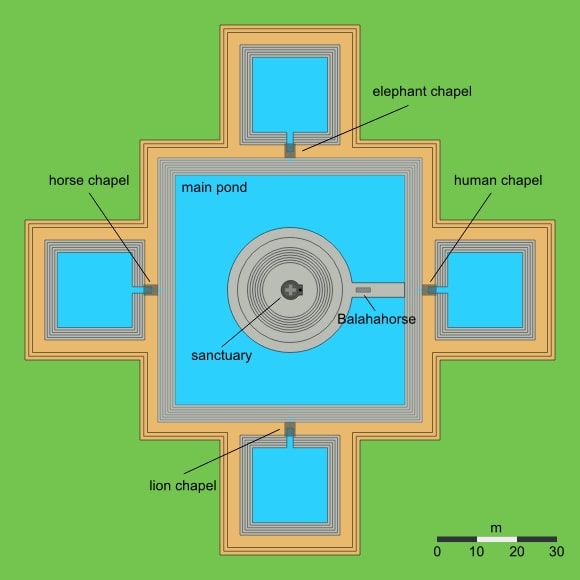

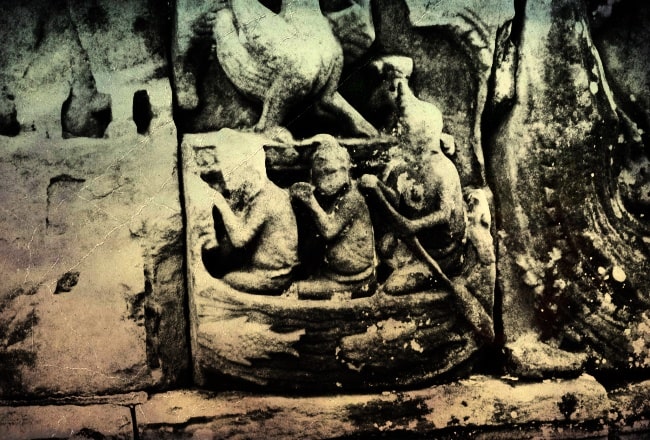
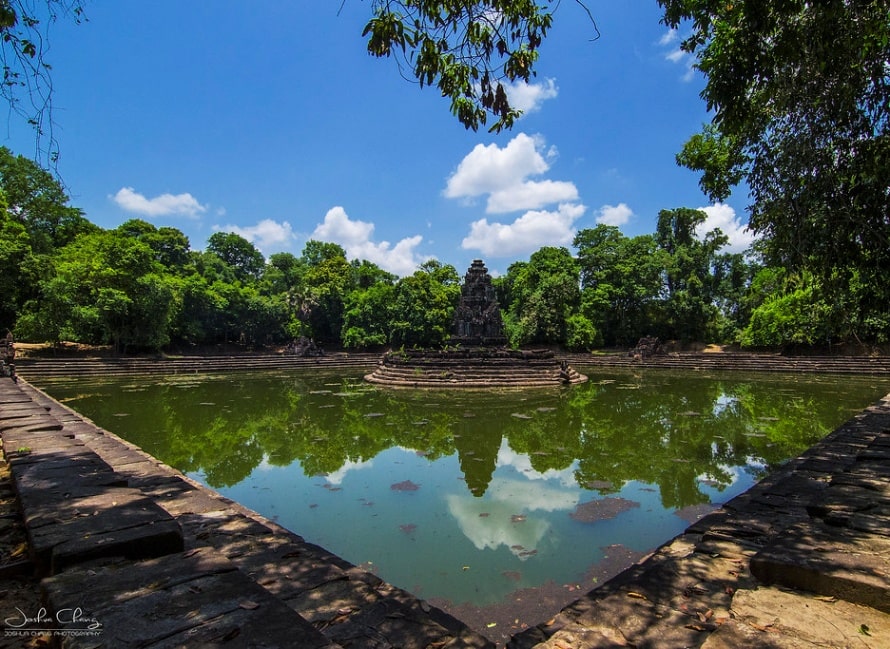
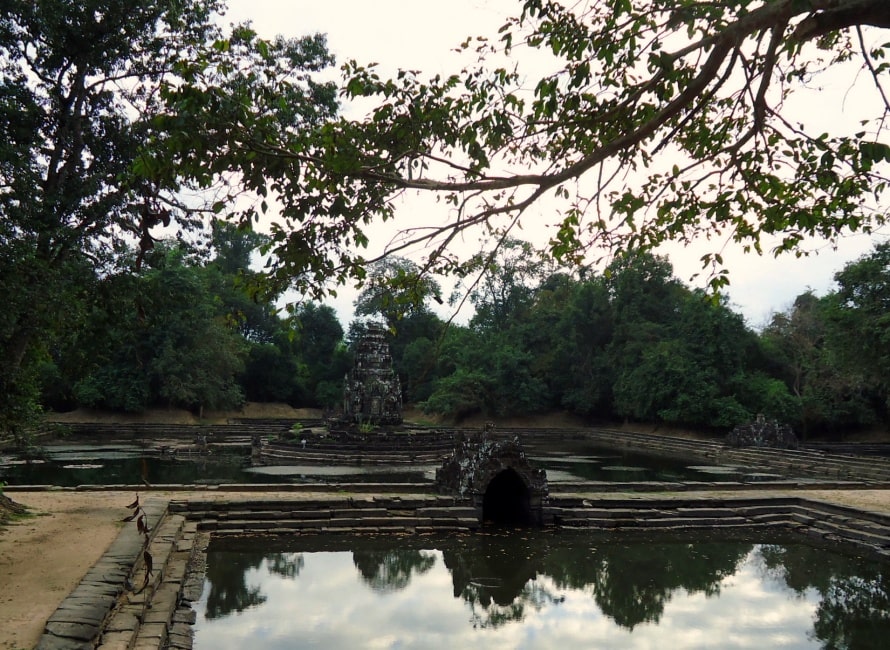
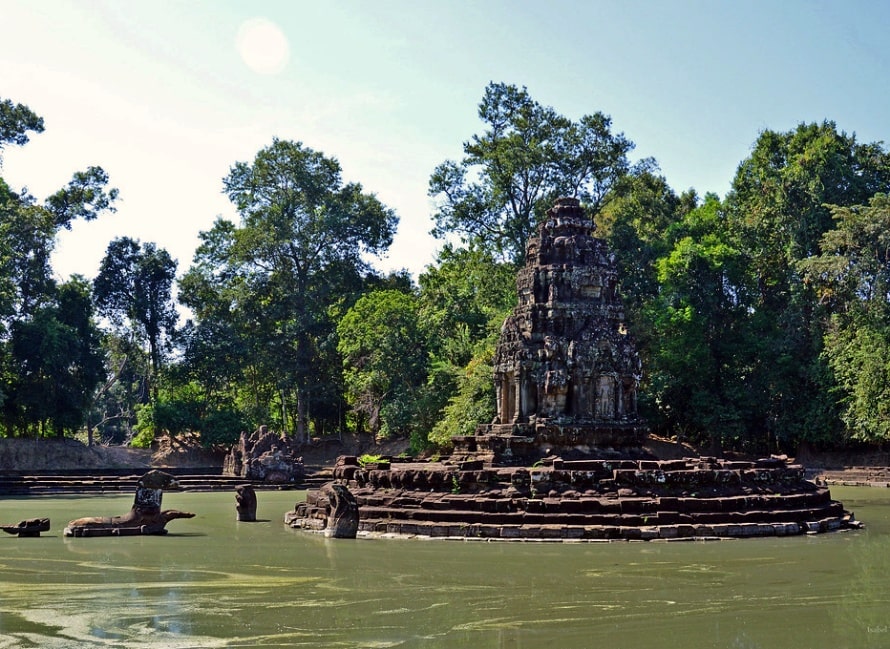
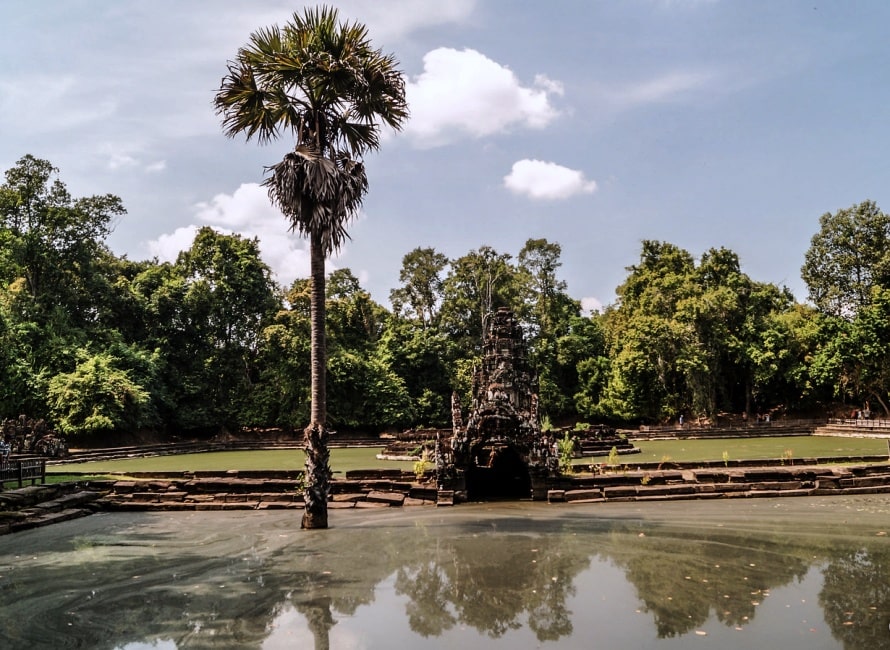
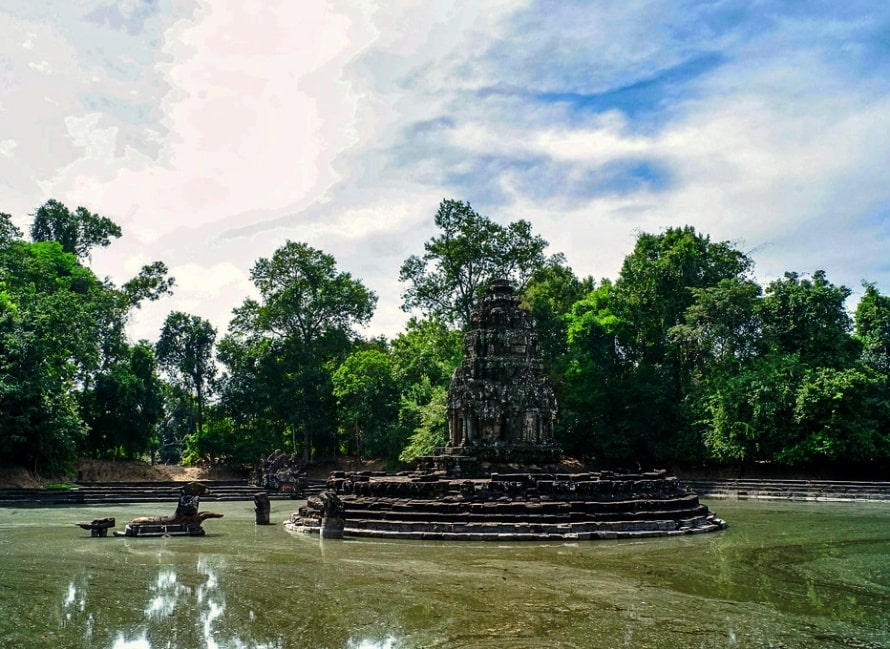
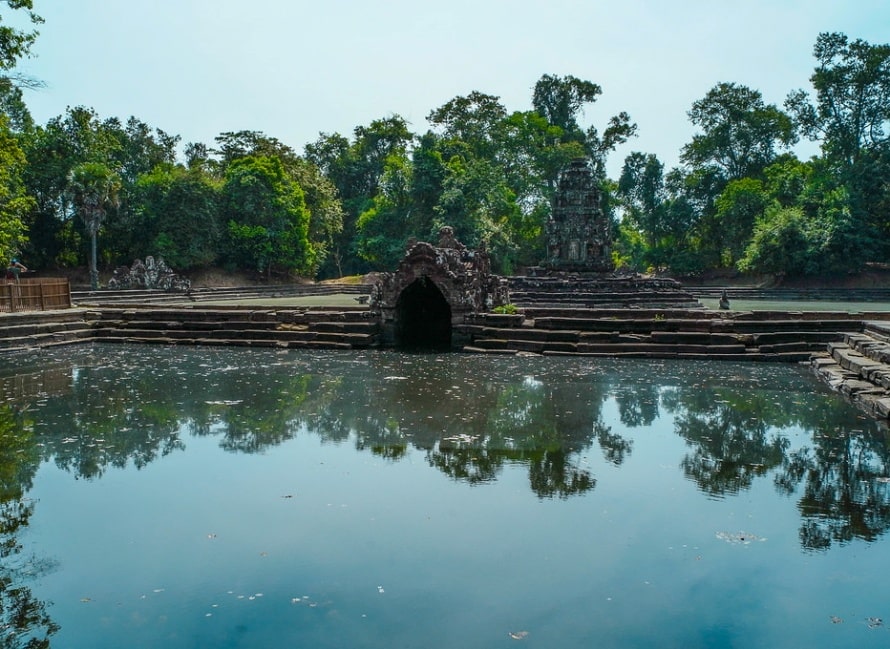
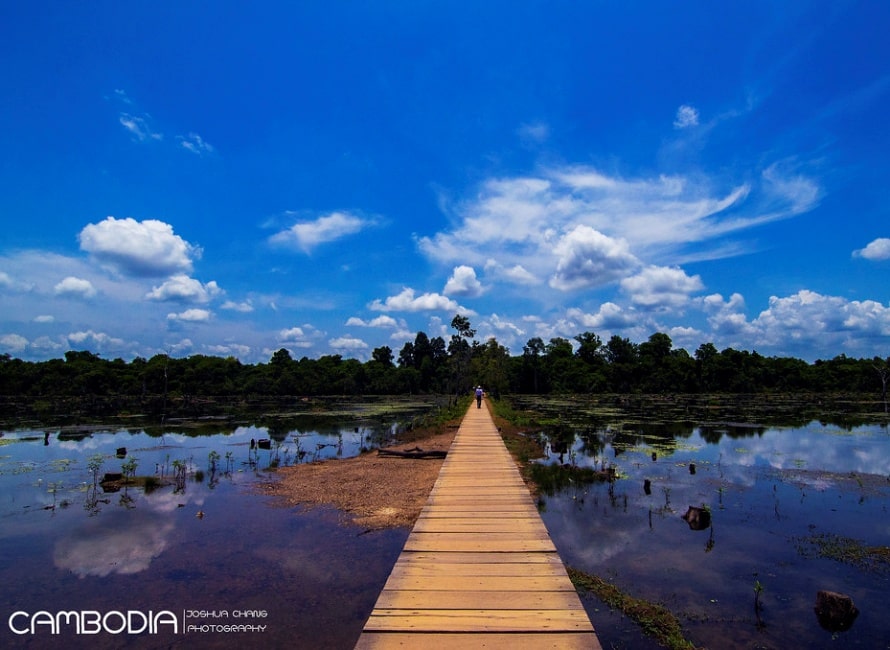
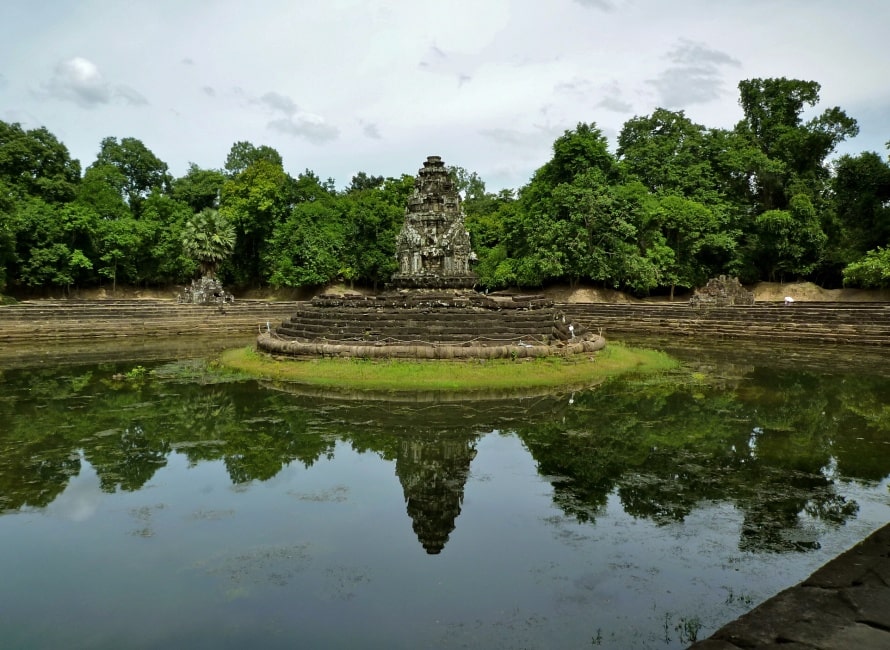
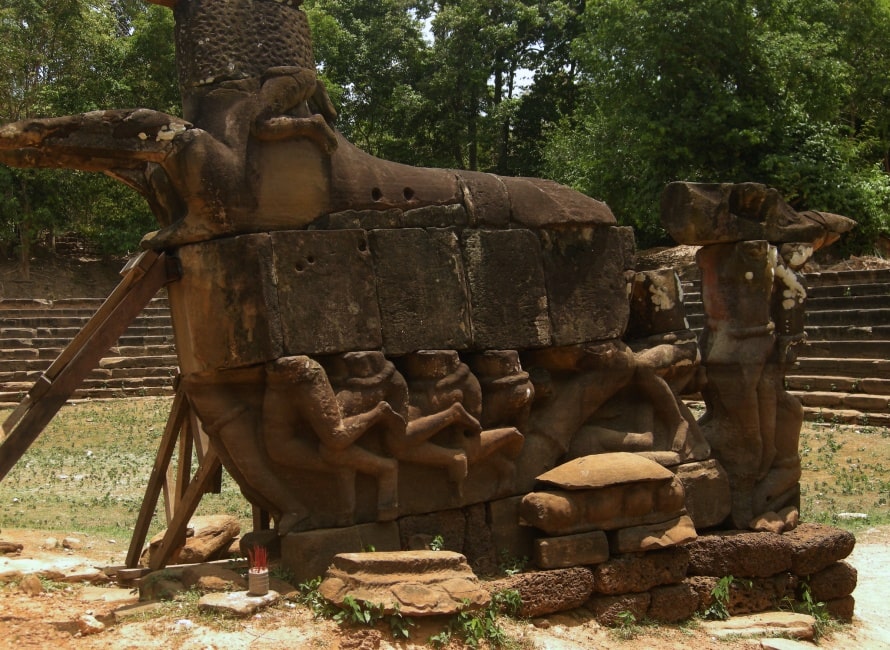




















Jolie LIEMMy name is Jolie, I am a Vietnamese girl growing up in the countryside of Hai Duong, northern Vietnam. Since a little girl, I was always dreaming of exploring the far-away lands, the unseen beauty spots of the world. My dream has been growing bigger and bigger day after day, and I do not miss a chance to make it real. After graduating from the univesity of language in Hanoi, I started the exploration with a travel agency and learning more about travel, especially responsible travel. I love experiencing the different cultures of the different lands and sharing my dream with the whole world. Hope that you love it too!